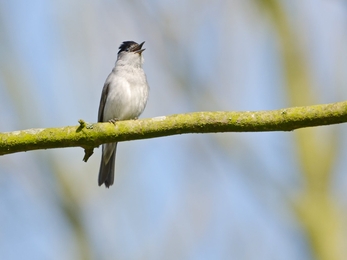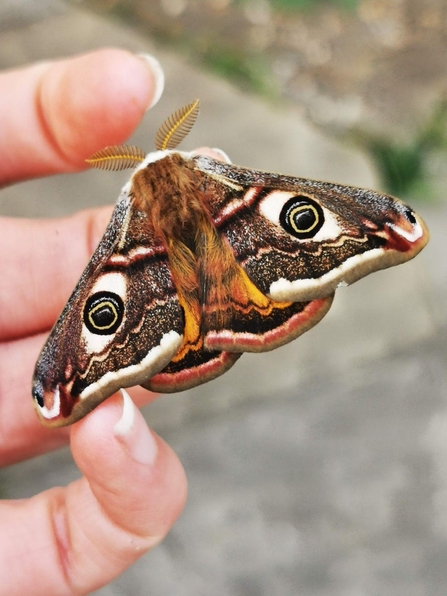New plant growth is becoming more apparent, as the shoots of common reed are now well above ground (or water). Early nectar sources in flower include the 'kingcup' (marsh marigold), as are some of the water- crowfoots (floating water plants, with white buttercup-like, five-petalled flowers that have a yellow centre). The kingcup is a plant you may have in your own garden pond, and it is an excellent species to include if you have not done so already. Another species you might have in your garden in the cowslip, which is flowering in the wildflower meadows at Engine Farm, viewable from the Northern Loop trail. This trail is worth a wander, while Woodwalton Fen is closed. These meadows will continue to flower, on into June, and attract a variety of wildlife. Please keep to the marked trail around the edges; please keep dogs on leads, both on trails and in the hides at the Great Fen.
As you approach the Great Fen, you will see blackthorn in flower and common hawthorn is coming into leaf; will we have to wait until may for the latter to flower, or will we get an early may blossom?







